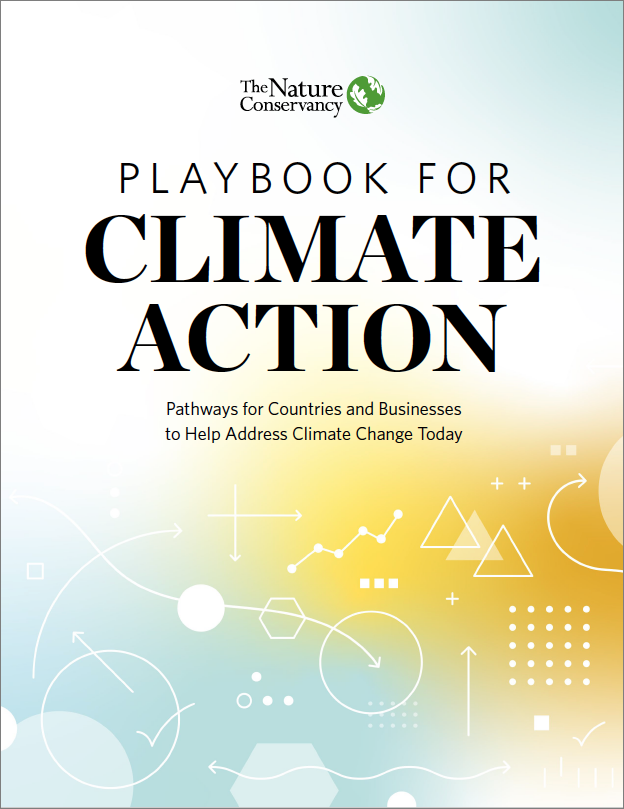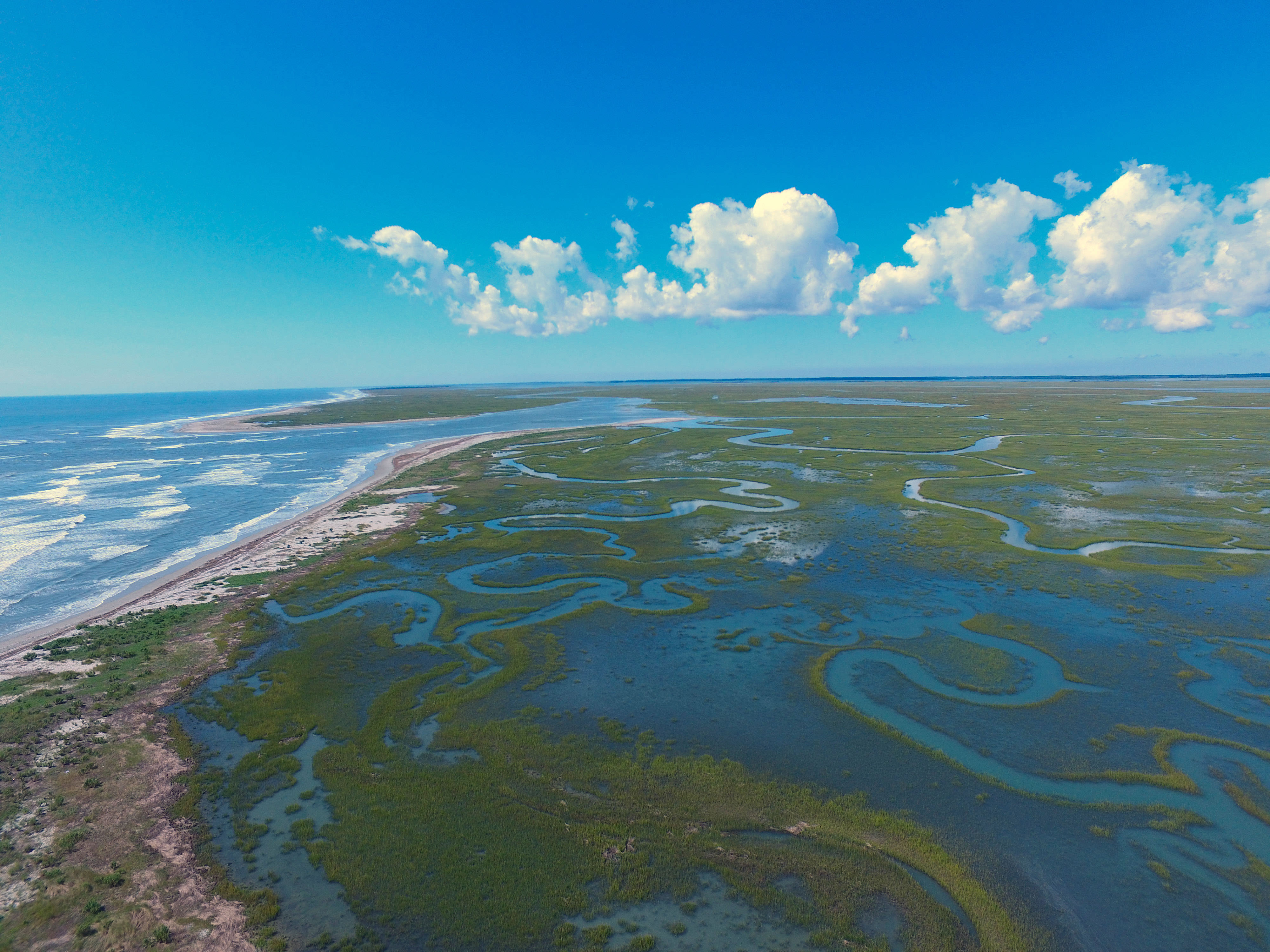5 Solutions to the Challenges Highlighted in the IPCC Land and Climate Report
The new UN report has grim findings about Earth's land and climate, but there are actions we can take today.
Our extensive modification of the Earth's landscapes is exacerbating climate change and putting both human development and global biodiversity at risk. That’s a major theme of the newly released Special Report on Climate Change and Land, produced by the Intergovernmental Panel on Climate Change (IPCC).
This latest assessment confirms that food security and land-based sectors face mounting risks if business continues as usual, and calls for greater emphasis on land-management decisions in the global effort to address climate change. The report was approved by 195 national governments, but the question remains: will the international community mobilize the political will needed to tackle the imminent threats facing nature and people?
The IPCC estimates that more than 70 percent of Earth’s ice-free lands have been altered by human activity, with 25 percent in a state of degradation. The expansion of land-use sectors— particularly farming and forestry—has contributed to the rapid loss of natural ecosystems and biodiversity. Greenhouse gas emissions associated with the land-based food systems alone emit between 21 and 37 percent of total anthropogenic GHG emissions, and that will likely rise if populations, incomes and consumption patterns grow as expected.
These conditions pose a serious threat to human lives and livelihoods. The IPCC reports that rising temperatures, changing precipitation patterns and more frequent extreme weather are already destabilizing the global food supply. The new report projects median cereal prices could increase by 7.6 percent by 2050, even as the nutritional quality of crops declines—leading to greater food insecurity, especially for already vulnerable populations.
But dire as these findings are, the last thing we need is panic that leads to paralysis—we need concern that leads to ambitious action. This report makes clear that our land-use practices can amplify or mitigate climate change, converting terrain into sources or sinks for carbon emissions. Here are some steps to help us change course, from business as usual to a more sustainable path.
 Protect and restore forests and other natural landscapes
Protect and restore forests and other natural landscapes
Halting deforestation and replanting trees at scale is one of the most effective, scientifically-proven measures that governments can employ right now to address social, political and environmental challenges. This is because healthy forests support local economies by ensuring water security, reinforcing soil integrity and helping to regulate climate. But while such natural climate solutions could provide a third of our global emissions-reduction goals by 2030, they currently receive just 3 percent of public climate mitigation funding. Though it may seem counterintuitive, the forestry and farming sectors could prove vital allies in accelerating deployment of these strategies, as their financial sustainability is deeply rooted in that of the lands on which they operate.
Read how six action steps are facilitating a “restoration economy” in Brazil, and helping the country meet 10 percent of its national forest restoration commitment.
 Facilitate the adoption of better farming practices
Facilitate the adoption of better farming practices
The very innovations that enabled us to increase output and combat global hunger in the 20th century now threaten our food system, but solutions lie just under the surface of our modern farmscapes, where soil conditions can either mitigate or exacerbate climate change. In fact, many farmers consider it a “happy coincidence” that financially sustainable approaches to agroforestry, grazing management and crop diversification are also beneficial for climate, food and biodiversity. One way to encourage these practices: use carbon project finance tools to make soil carbon more investible.
See how TNC scientists and land managers are collaborating to reap the benefits of soil organic carbon around the world.
 Look to converted lands to spark the energy revolution
Look to converted lands to spark the energy revolution
The world needs more clean energy, but it is crucial to site it in the right places to avoid further land degradation, as this would ultimately set us back in reaching our climate goals. Fortunately, Earth’s degraded lands can support the clean energy transformation we need 17 times over. By developing policy and financial incentives to ensure new infrastructure is sited on these lands, we can preserve landscapes that harbor biodiversity and sequester carbon reserves.
Read more about the science of better energy siting.
 Foster biodiversity from city center to rural outpost
Foster biodiversity from city center to rural outpost
Smart development respects natural ecosystems with the understanding that neither nature nor people can thrive without native wildlife. Diversifying farming and creating greenspaces in cities can revitalize “green deserts” across the globe. That means local and regional authorities need to be part of biodiversity planning at the national level. And given some 80 percent of biodiversity pertains to lands managed by indigenous peoples, it’s crucial to recognize their leadership and honor their land rights if we are to restore critical habitats.
Read about how indigenous communities champion biodiversity.
 Develop cross-sector partnerships to maximize impact
Develop cross-sector partnerships to maximize impact
The public sector alone can’t solve today’s conservation challenges. Corporate action—especially by land-intensive sectors—must complement public policy initiatives in order for the international community to achieve SDG 15 and the Paris goals. And with an annual funding gap of US$250 billion for global conservation efforts, we urgently need to accelerate private sector investments that sustain the lands, waters and ecosystems that support us all.
Read more about how impact investors can generate financial returns while promoting conservation and climate mitigation in Central Appalachia.
Resources
-

Playbook for Climate Action
Five ways to spark global, multisector change for the planet right now
DOWNLOAD
Global Insights
Check out our latest thinking and real-world solutions to some of the most complex challenges facing people and the planet today.



